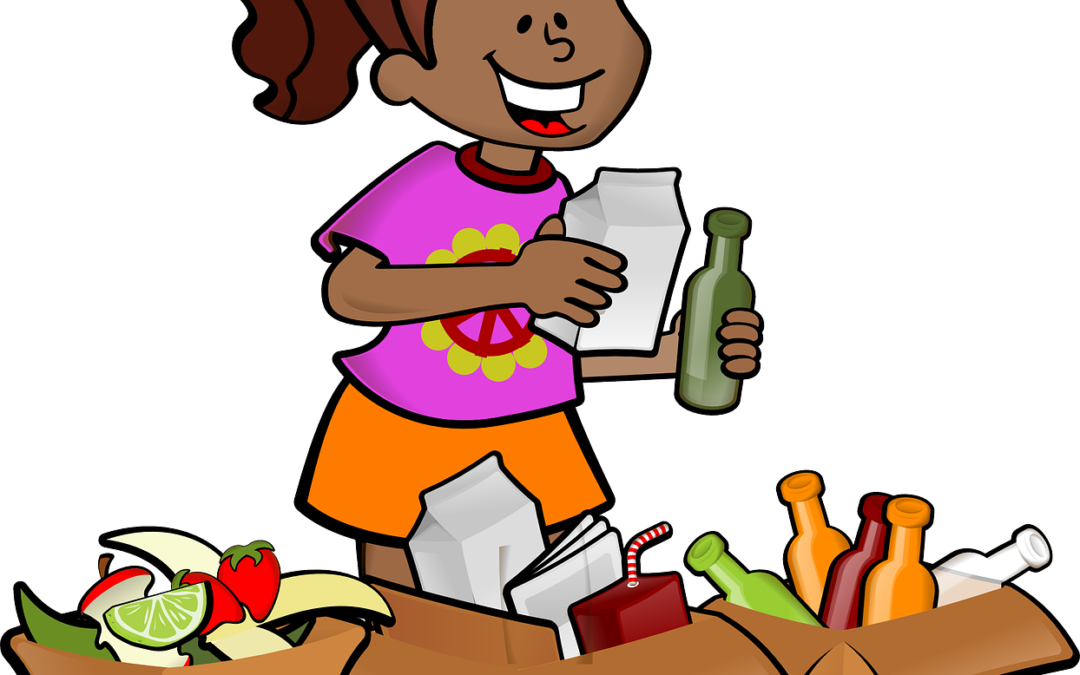If you happen to watch TV shows or movies based in America, you may know that their recycling system is a little different to ours. Depending on your state or even your neighbourhood, you are expected to separate your recycling into as much as 7 different containers before it will be collected. But in the UK, we are simple asked to separate things into ‘recyclable’ and ‘unrecyclable’. But why do we need to separate recycling before it is recycled?
Plant Separation
In the US, they have dedicated recycling plants for each type of recyclable material. For example, one for paper, one for plastics, one for metals etc. But in the UK, everything just gets thrown into one box (with the exception of glass, which is all thrown into a separate box) and collected by the council, who puts everything into one big lorry and piles it into one big factory. This mix includes cans, tins, aerosols, cardboard, paper and plastic bottles. These are all put onto a giant conveyor belt, where any non-recyclables that have made their way in are removed. The mixed recycling is then put through 4 main processes to separate it out – including compressed air, magnets and infra-red technology.
Different Materials For Recycling
As we’ve already mentioned, there is no ‘one size fits all’ for recycling. Once everything has been separated, it is then packaged and sent to individual recycling facilities. Different types of material have to be broken down and recycled in a different way, and there is a dedicated part of a facility for each. For example, glass is all sent to one factory, where it is then separated further into clear, green and brown glass. These are then put through their own individual processes to be melted down and turned into new glass. This way, there is no risk of cross contamination and each process can be done without interference.
How Much Is Actually Recycled?
Despite being called ’recycling’, the recycling process does not actually turn all of the waste material into new materials. In fact, according to research only 60% of items put in to recycle are actually recycled. Those numbers continue to improve year on year as the technology does, but even so this is an astonishing amount of wastage from a recycling process. This is partially because people often put thing into recycling bins that can’t actually be recycled, and also because this is done more often as more people recycle. A surprising culprit for non-recycling is glass. Not only is it a serious recycling contaminant, but the different colours have different melting points, with some pieces being too small to sort efficiently. Rather than sort these pieces (known as class cullet), by hand, they send them off to landfill instead, where they are used instead of sane as a filler between the layers of rubbish.
So there you go, why your recycling is separated and what is done (or not done) with it afterwards. At Greenaway, we operate a 100% recycling policy, so everything we shred is sent directly to recycling plants and recycled. Because we do the pre-sorting and shredding, we know that our materials are ideal to be recycled into new paper and cardboard. For more information on our sustainable recycling policy, or to book your shredder visit, get in touch with the team today.


Recent Comments